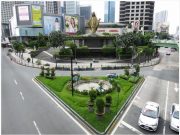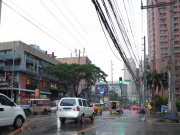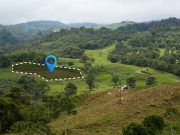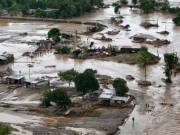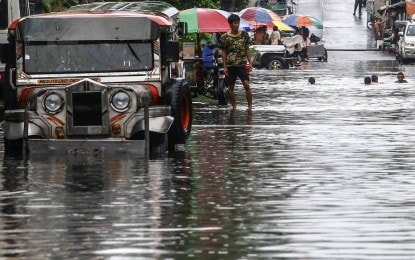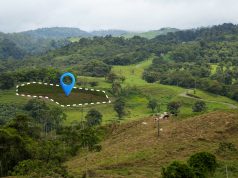“Drainage projects na hindi pumapasa sa ulan?”
This question captures the frustration felt by millions every time a strong rain turns our streets into instant rivers. Every year, massive government budgets are allocated for new roads and major drainage systems, yet the cycle persists. The paradox is that we continue to spend billions only to yield temporary, substandard results.
The cost is severe: damage to vehicles, hours of lost productivity, and, most importantly, severe public safety risks. We need to stop accepting these quick fixes. It’s time to move past poor execution and demand world-class, long-term infrastructure that truly lasts.
Anatomy of Failure: What’s Really Going On
You don’t have to be an engineer to spot it. Freshly poured concrete cracks like it’s made of glass, manholes spill over like they’re on a bad day, and catch basins don’t line up. Yeah, those are flashing red lights screaming, “Something’s off here.”
The Concrete Jungle Problem
Look around; our cities are basically concrete and rock jungles. Water? It has nowhere to go but to pile up. And it’s not just any spots that flood; it’s those natural low points, like underpasses or those weird dips in the road where water just loves to hang out and say, “Nope, you’re not passing through today.”
Take Metro Manila, for example. Areas like the Magallanes Interchange in Makati, the C-5 underpass in Pasig, and parts of EDSA near Ortigas frequently experience severe flooding during heavy rains. These spots are notorious for becoming impassable because they sit at natural low elevations where water accumulates quickly. The concrete and asphalt surfaces surrounding these areas prevent rainwater from soaking into the ground, forcing it to pool on the roads.
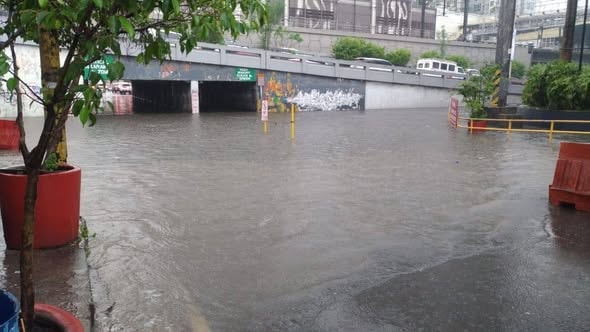
Another notorious example is the Nagtahan Bridge area in Manila, which often turns into a mini lake after even moderate rainfall. The lack of sufficient drainage and the overwhelming volume of water funneled into these low-lying spots create dangerous conditions for drivers and pedestrians alike. These flood-prone zones not only disrupt daily commutes but also pose significant safety risks, as vehicles can stall or be swept away by moving water.
This “concrete jungle” effect is a key reason why, despite numerous drainage projects, flooding persists. Without sufficient green spaces or permeable surfaces to absorb rainwater, the excess runoff has no choice but to overwhelm the drainage systems, especially in these vulnerable low points.
Cutting Corners, Big Time
Here’s the kicker: a lot of these mess-ups come down to rushing. Deadlines, politics, and budgets push crews to take shortcuts that cost us big time later:
- Cheap Materials: Instead of using stuff that lasts, they pick the bargain-bin options to save a buck. Your wallet might feel good now, but your car? Not so much.
- Half-Baked Groundwork: When the soil beneath isn’t packed right before the concrete goes down, it’s like building a house on quicksand. The result? “Sinkhole starters” that collapse as soon as the rain hits hard.
It’s frustrating because you can almost see it coming. However, the cycle continues to repeat itself, and we’re left wondering why the same roads flood year after year.
Systemic Gaps: Planning and Accountability
The true cause of recurring floods lies not just in the shovel work, but in fundamental systemic flaws within planning and accountability.
Flawed Planning
One major issue is the lack of integrated planning, where national agencies like the DPWH often implement projects that do not align with local government unit (LGU) drainage master plans, resulting in fragmented systems that merely redirect water instead of solving flooding problems. Compounding this is a critical data deficit: engineering designs frequently rely on outdated or insufficient rainfall data, leading to the construction of drain pipes and culverts that are undersized and incapable of handling the actual volume of water generated today.
Accountability Breakdown
There is a continuing problem with weak supervision, as there is often not enough careful engineering oversight on-site to make sure contractors follow the correct plans and standards. Many projects are approved with a “pass or fail” attitude, meaning they are certified as finished even if their ability to prevent flooding has never been properly tested during a real storm. The work is accepted based on how it looks rather than how well it actually works. While local garbage and informal waste dumping are often blamed for flooding problems, this usually distracts from the bigger issue: the original engineering mistakes that allow small blockages to cause major floods.
Risks, Consequences, and Critical Safety
Flooded roads are deceptively dangerous. Just a few inches of moving water can sweep a car off the road. Water levels in underpasses can quickly reach several feet high, causing vehicles to float or become stuck, turning an inconvenience into a life-threatening emergency.
The costs are severe: extensive damage to vehicles, roads, and public infrastructure, and the non-negotiable risk of injury or death.
Raising the Standard: Beyond Pwede Na
We must pivot to higher standards. The mentality of “pwede na” (it’s good enough) must end.
Weak execution shows us the need for higher standards. The Dutch built flood defenses that last for centuries; pwede rin dito.
The Netherlands, with its centuries-long battle against water, sets the global benchmark for engineering that lasts (e.g., the Delta Works). That is the level of planning and durability we deserve.
We must adopt modern solutions and institutionalize independent oversight:
- Sustainable Urban Drainage Systems (SUDS): Shift from purely concrete drainage to green infrastructure. This includes bioswales, retention ponds, and permeable paving that allows water to soak into the ground naturally.
- Independent Audits: Require third-party performance assessments for major flood control projects. This ensures that a project’s completion is certified only after it has proven its function during a real-world major rainfall event.
A Call for Accountability
Fixing the flooding problem is not about digging slightly deeper or pouring a little more cement. It’s about demanding stricter standards, comprehensive planning, and unwavering accountability from the initial design phase to the final implementation.
It is our duty as taxpayers and citizens to monitor local projects, hold our officials and the involved agencies responsible, and support engineers who prioritize quality and permanence over speed. We deserve infrastructure that works.
| The state of flood control directly affects your property value and safety. Our new series by HousingInteractive exposes the truth: corruption and ‘ghost’ projects have wasted billions, needlessly putting communities and real estate assets at risk. To protect your investment and demand real solutions, read and follow these articles. Next: The Broken Promise of Flood Control Projects |




